The German Food Association's working group (“Lebensmittelverband”) on pesticide residues has developed a questionnaire to help farms identify possible sources of chlorate.
Sodium and magnesium chlorate were also used as herbicides in the EU until they were banned in 2008. Herbicides that may contain chlorates are still on the market in non-EU countries.
If chlorate residues are found in the analysis of food today, this does not necessarily have to be due to the unauthorised use of such pesticides. Rather, it has been shown that contamination, e.g. through irrigation or washing harvested crops with chlorinated water, can also be the cause.
Various mineral fertilisers can also contain chlorates as contaminants. In addition, surface disinfectants and bleaching agents are also possible sources for the introduction of chlorates into the production process, with the result that residues can be detected in the end product.
In Regulation (EU) 2020/749 maximum levels for chlorate residues were included in the Pesticide residues' Regulation (EU) 396/2005. A footnote (A) also refers to possible additional sources of input.
The questionnaire is intended to help identify possible sources of input after chlorate contamination has been detected, taking into account possible processing factors in processed and composite products. It is supplemented by general assistance from the association, which was published (in German) in the trade journal ZLR in 2020.
The German questionnaire is currently only available for download to members of the Food Association. For copyright reasons, we are unfortunately unable to link it here.
YOUR PLUS: The experts at the AGROLAB GROUP will not only analyse your products for chlorate, but will also be happy to support you in systematically narrowing down possible sources of contamination if the results are suspect.
Author: Dr. Frank Mörsberger

 LinkedIn
LinkedIn ALOOSTA
ALOOSTA Contact
Contact
 Contact
Contact Career
Career